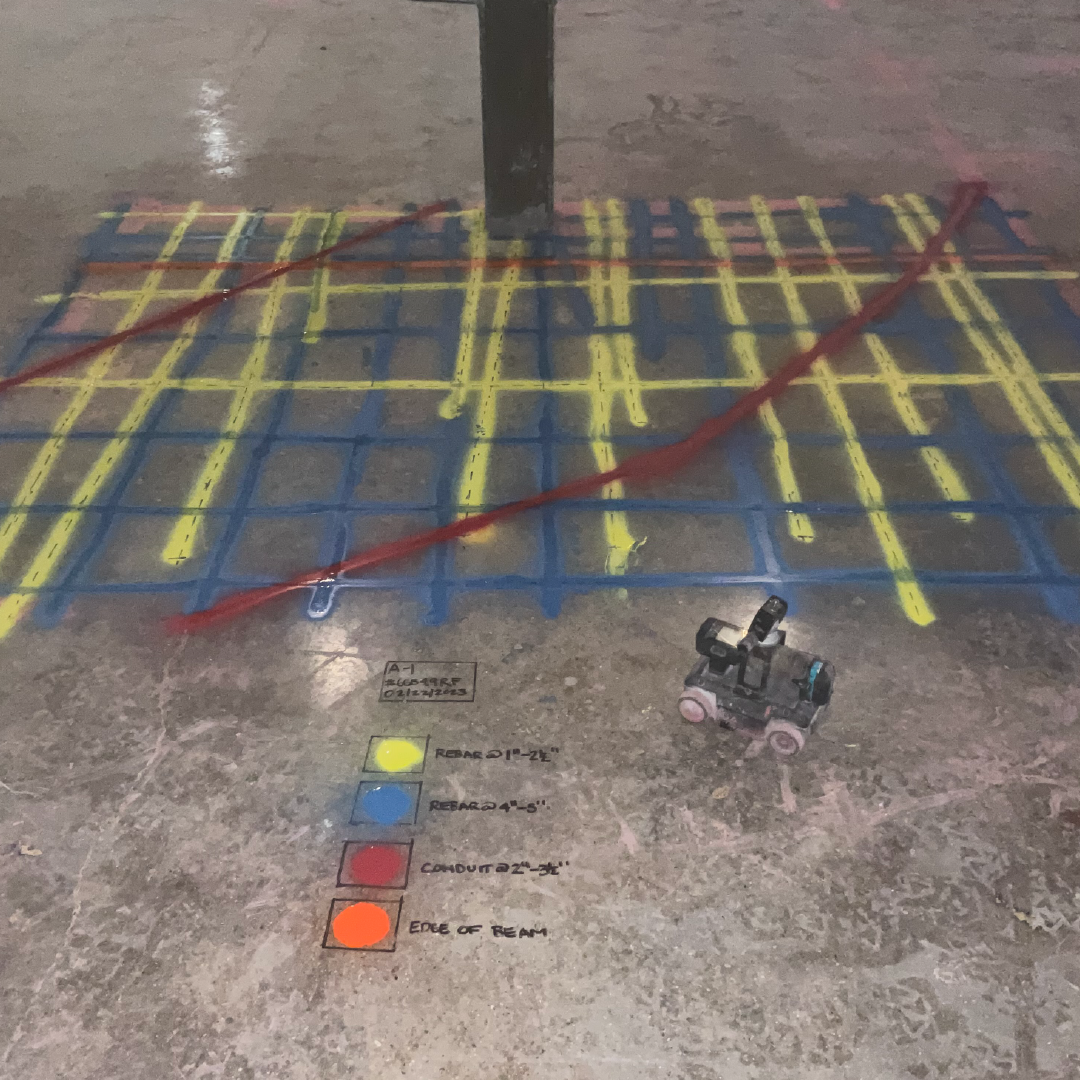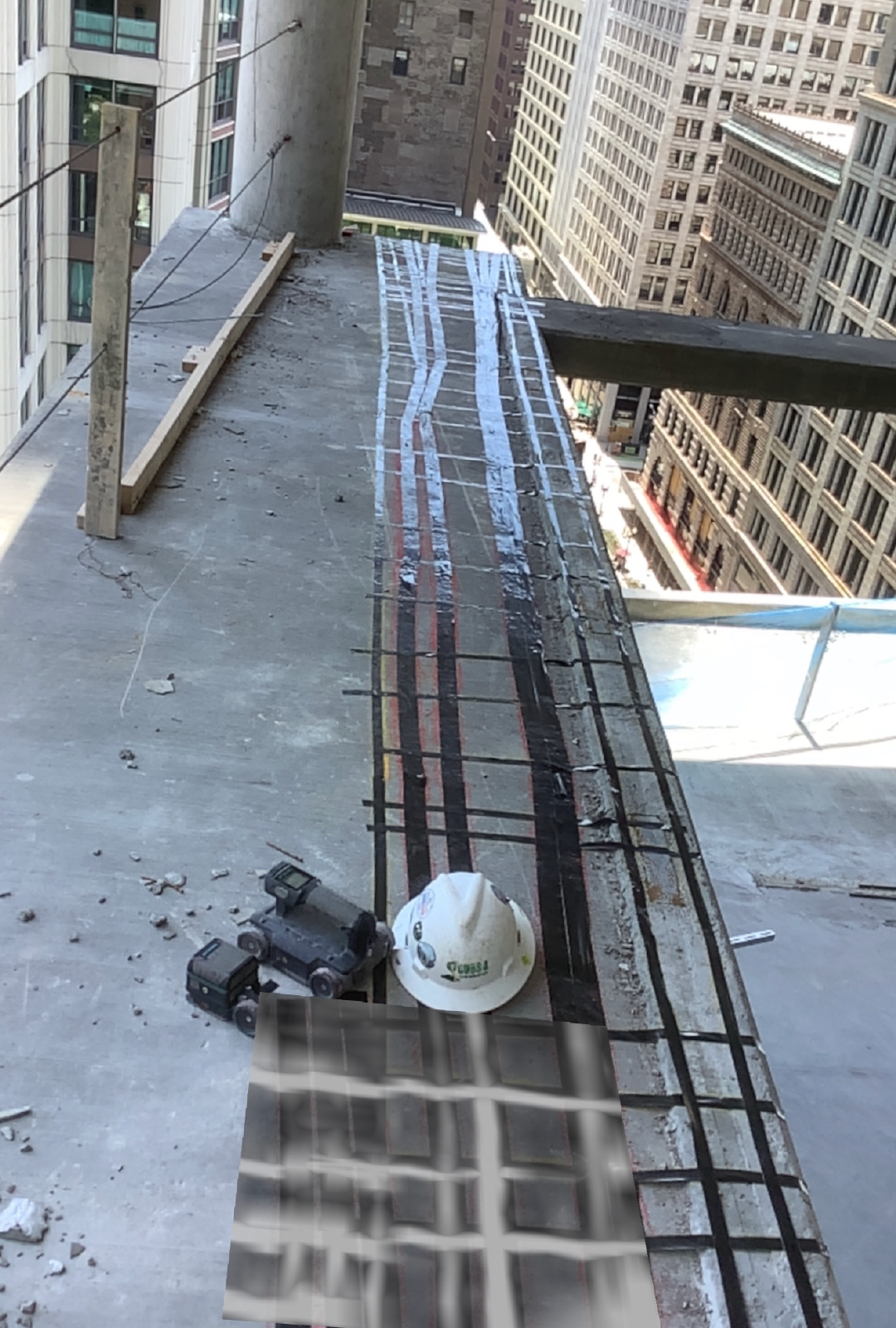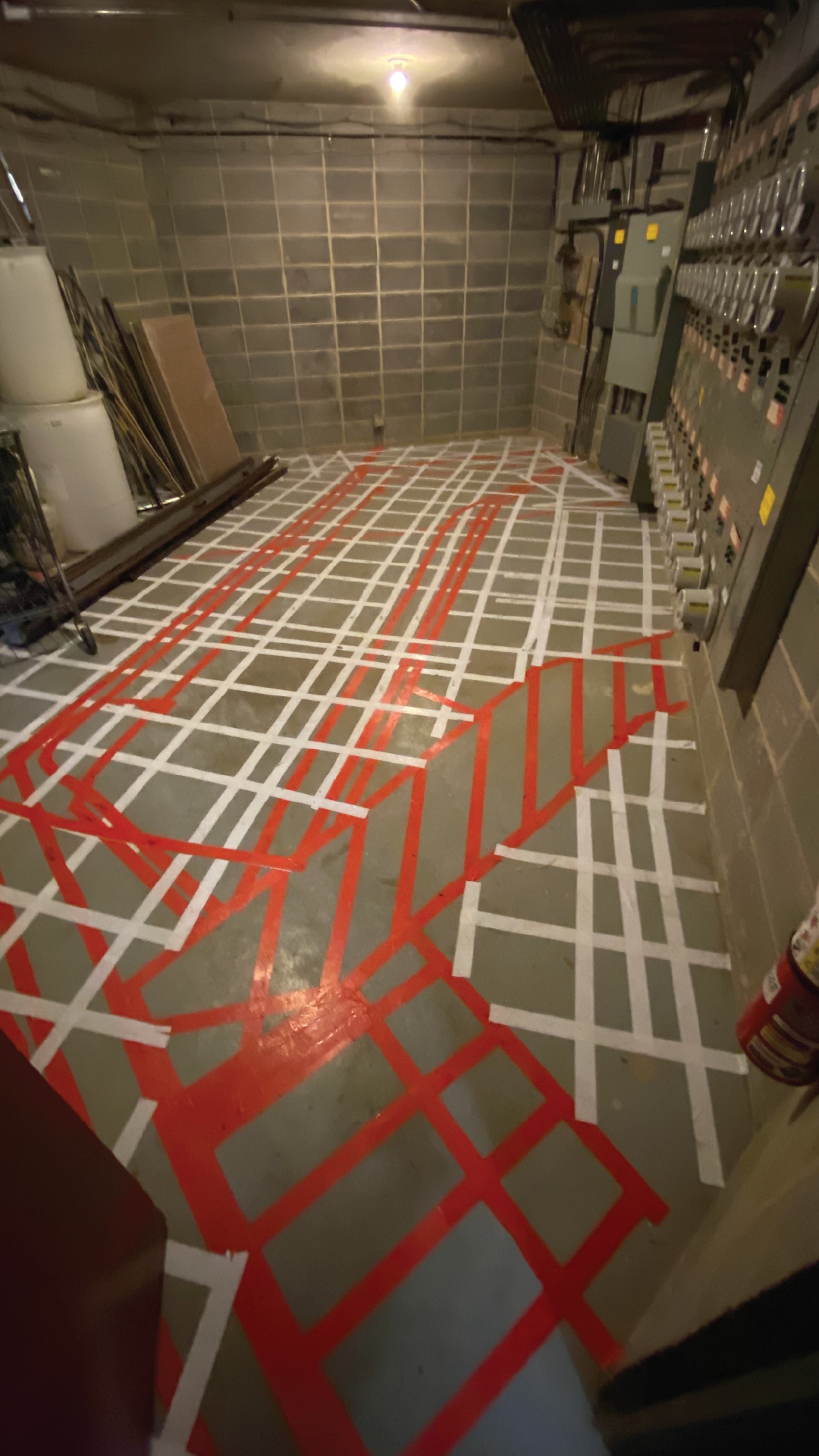concrete scanning
GPR Scanning in Marietta, GA
Marietta GPR Scanning Services
Cobra Southeast offers cutting-edge Ground Penetrating Radar (GPR) scanning services in Marietta, GA, offering a dependable solution for detecting subsurface elements before any sawing, coring, or drilling begins. Our advanced GPR technology can accurately locate hidden utilities, rebar, post-tension cables, and other structural obstacles buried within concrete. This non-invasive scanning method significantly enhances the safety and efficiency of your project by preventing damage to essential infrastructure, such as electrical lines or plumbing, and avoiding unexpected delays. Whether you're working on commercial, industrial, or municipal projects, our GPR scanning services help ensure that your construction proceeds smoothly and on schedule. At Cobra Southeast, we’re committed to delivering reliable, accurate results while protecting both your project timeline and budget. Partner with us in Marietta, GA, to leverage the latest in GPR technology for your next concrete cutting or drilling project.
Why GPR Investigations are Essential Before Concrete Cutting
Conducting a GPR investigation before starting any concrete cutting project in Marietta, GA, is crucial for ensuring safety and efficiency. GPR scanning allows Cobra Southeast to detect hidden elements like electrical conduits, rebar, and post-tension cables within the concrete. By identifying these subsurface features, we help prevent accidental damage to critical infrastructure, reducing the risk of costly repairs and project delays. GPR investigations also provide valuable insights that allow for more precise planning and execution of your construction activities.
A Ground Penetrating Radar (GPR) survey is conducted using the following steps:
It is important to note that conducting a GPR survey requires expertise in data interpretation and knowledge of the subsurface conditions. Professional geophysicists or surveyors are typically involved in performing and analyzing GPR surveys.

Applications of GPR Concrete Scanning
GPR concrete scanning is an invaluable tool for a wide range of construction and renovation projects in Marietta, GA. At Cobra Southeast, we utilize this technology for several critical applications:
By leveraging GPR technology, Cobra Southeast provides you with a comprehensive understanding of what lies beneath the surface, enabling safer, more efficient project planning and execution.
What Can GPR Detect?
Ground Penetrating Radar (GPR) is a powerful tool that can detect a variety of subsurface elements, making it indispensable for construction projects in Marietta, GA. At Cobra Southeast, our GPR technology can accurately locate:

Service Specs:
Depth
Up to 16"-36" depending on site conditions
Type of Cut
Typical Depth Penetration
Materials Cut
Concrete, Rebar
Powered By
Rechargeable Ni-Cd or Li-io Rechargeable batteries
Receive a FREE Quote On Your Next Job
We pride ourselves on our commitment to complete client satisfaction and safety, and we have the reputation and track record to prove it.
Why Marietta Trusts Us
Marietta, GA, trusts Cobra Southeast for reliable GPR scanning services because of our strong focus on building and maintaining solid relationships with our clients. We understand the importance of trust and clear communication in every project, which is why we work closely with our clients to meet their specific needs. Our dedication to safety and innovation ensures that each scan is conducted with precision and care, providing you with the confidence and peace of mind you need for your project.
Safety
Cobra emphasizes the importance of safety from start to finish of every project.
Relationships
Creating successful relationships while building trust during completion of all current projects and beyond.
Innovation
Better solutions and ideas to complete projects in a more timely and efficient manner.
gpr concrete scanning FAQs
We've compiled this comprehensive list of frequently asked questions to provide you with quick and informative answers. Whether you're a new customer seeking information about our offerings or a returning customer with inquiries about using our platform, you'll find valuable insights here.
Request a Quote
Thank you for your interest in our services! We pride ourselves on our commitment to complete client satisfaction and safety, and we have the reputation and track record to prove it.

